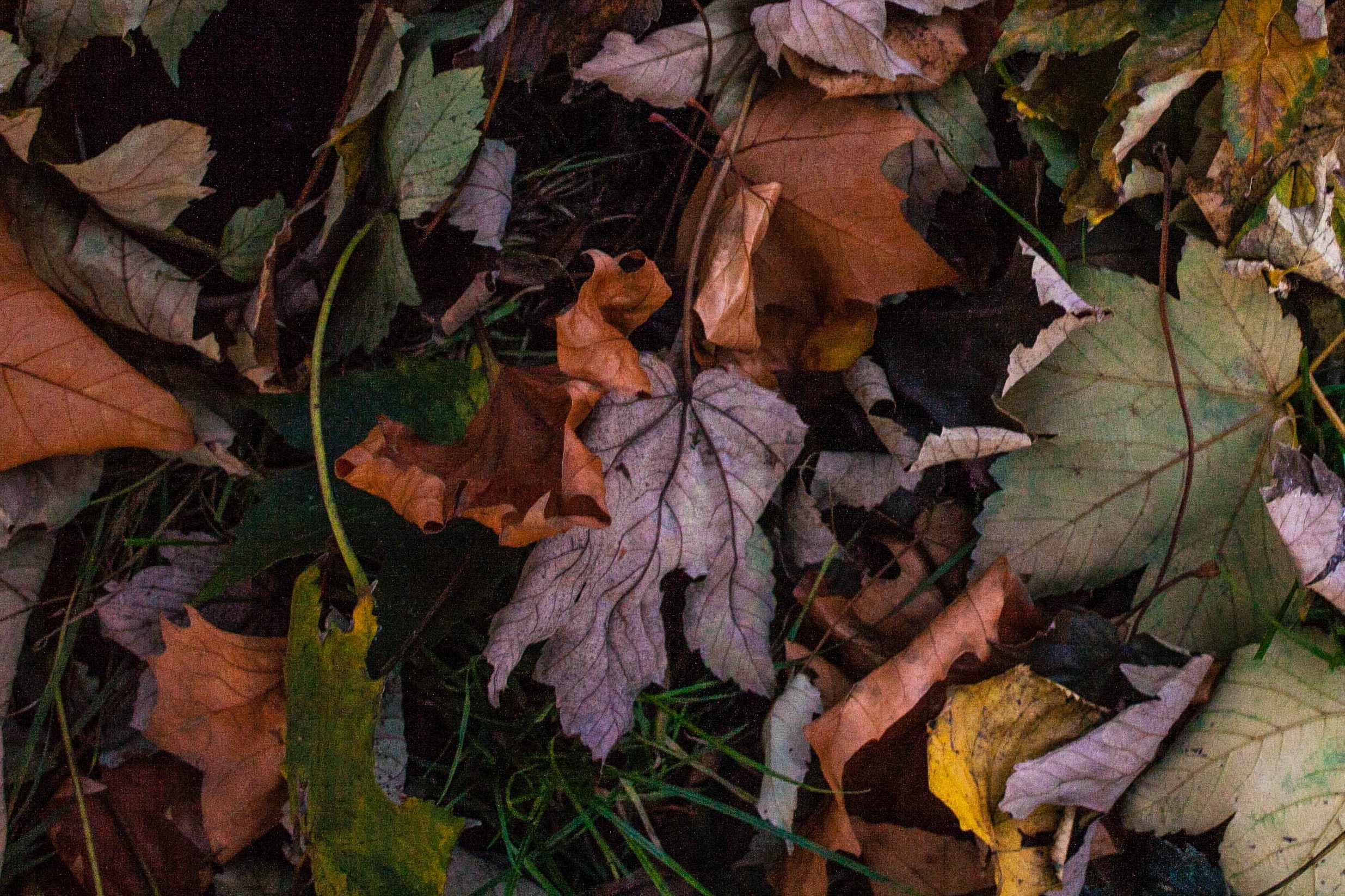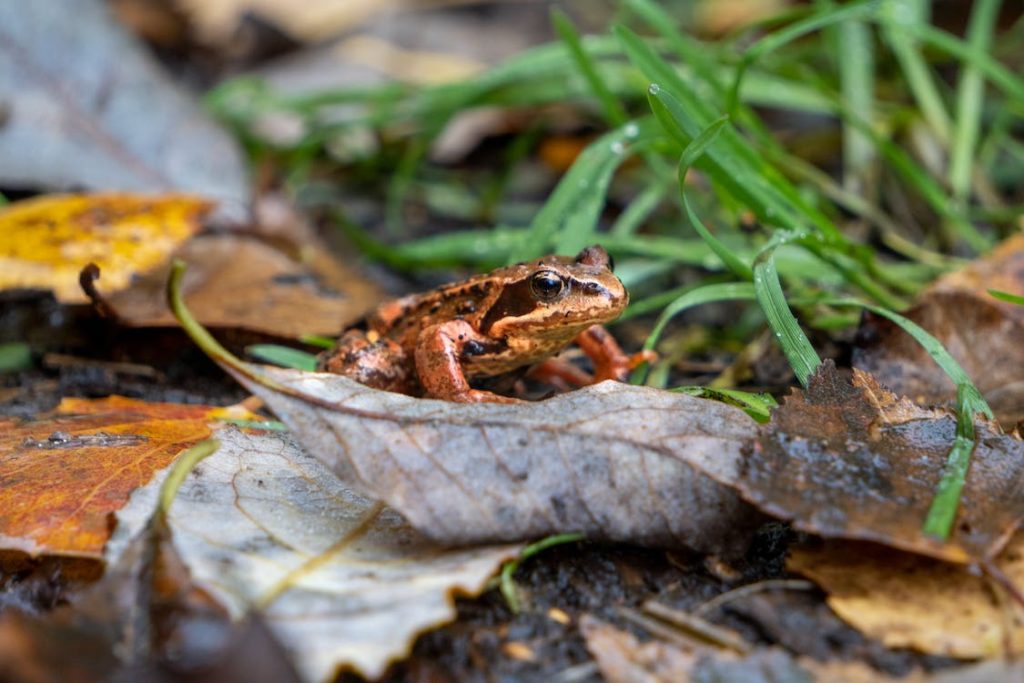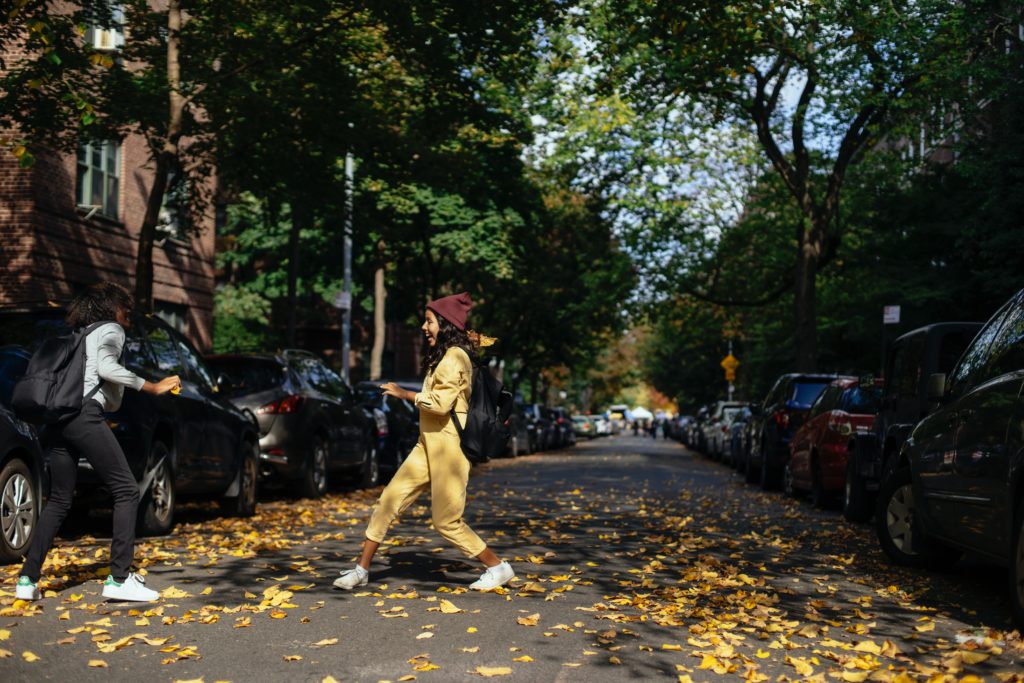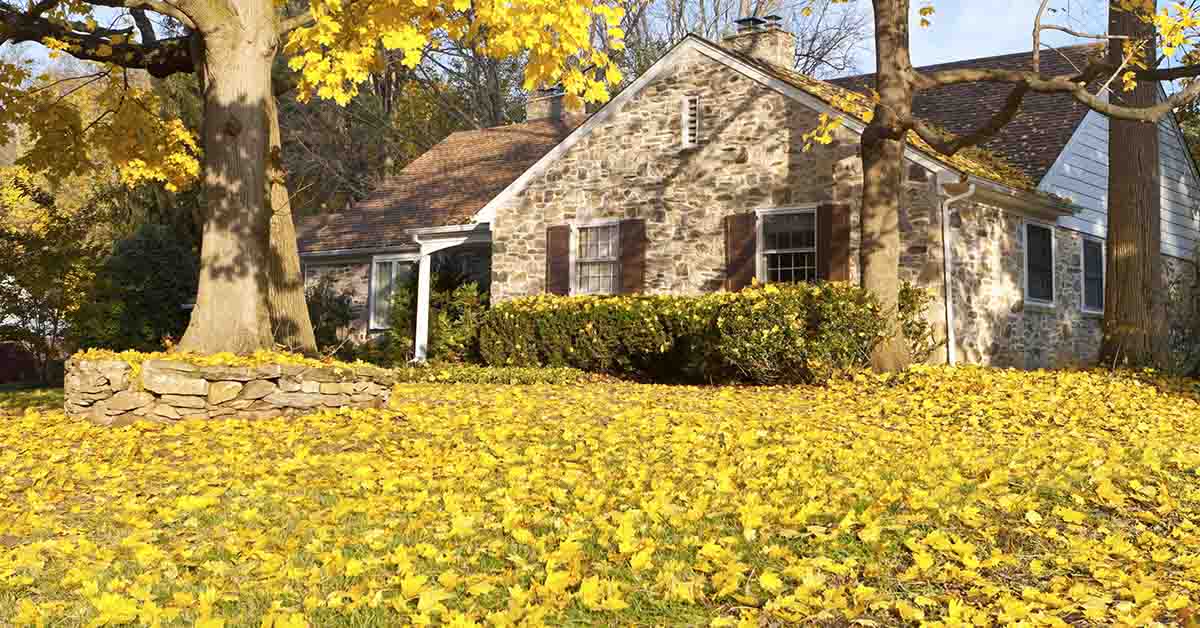According to wildlife experts – you shouldn’t bag your leaves. All those leaves bound to erupt from treetops this fall should be left right where they fall. No raking them up into bags, no piles made.
There are two reasons why this has been suggested – one is to avoid approximately 8 tons of leaves ending up in landfills. The second reason is the benefit that the leaves have on the grass beneath them.

Leaves are full of nutrients that slowly break down into the soil. These include nitrogen, phosphorous, and potassium.
“Those nutrients are being returned to the soil,” Susan Barton, a professor, and extension specialist in landscape horticulture at the University of Delaware said. “But probably even more important than that, it’s the organic matter. It’s the fact that you’ve got this tissue that then eventually decomposes and improves the soil health.”
Read: Extraordinary 1,400-Year-Old Ginkgo Tree Sheds a Stunning Lake of Golden Leaves Every Autumn

Not bagging leaves houses and feeds a variety of smaller animals
A host of critters would make your garden a home if offered the opportunity to hide under some coverage. Insects, spiders, slugs – and depending on where you live, possibly turtles, toads, and small mammals would happily move right in based on findings by the University of Delaware’s College of Agriculture & Natural Resources.
How to optimize on your leafy garden
There is a bit of maintenance required on your part to create the perfect setting. Too much leaf coverage could kill off your grass, so you need to lightly mow over the leaves to break them down slightly.
“If you just leave the leaves on the grass, it will exclude light. And then the grass won’t be able to photosynthesize. Eventually, it would die under a thick layer of leaves,” Barton said.
The excess leaves can be raked into piles or bags to be used later on as mulch in flowerbeds. “Ideally, you want to let them decompose a little bit and they’ll form a very nice mulch. Instead of going out and buying hardwood bark mulch, which is expensive, you can have a better mulch that’s free,” she said.
Read: Scientist Repopulates a Rare Butterfly Species In His Backyard

City dwellers need to take extra care this time of year
City dwellers should be mindful of the issues leaves could cause for drainage systems – blockages are very common. Some cities have even offered a collection service for bagged leaves. Their facilities compost them and offer the resulting product for residents to collect for free.
When bagged leaves end up in landfills, they don’t break down properly and end up releasing methane, a powerful greenhouse gas into the air. This decreases the air quality and leads to various health issues in both humans and animals.
The way we deal with fall’s beautiful golden carpet now could determine the sustainability on our environment
“We want to think about those leaves as being a resource,” and not a problem, Barton said. “And when you think about sustainable landscaping, well, one of the things we say about sustainable landscaping is let natural processes happen. And that’s a natural process.”
Keep Reading: No land, no problem: How a lady farmer converts an idle backyard into a productive urban vegetable garden

